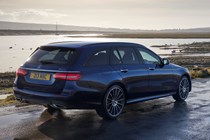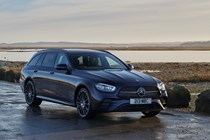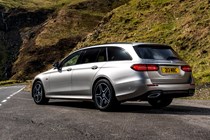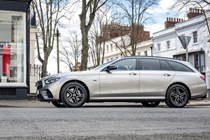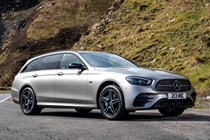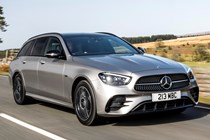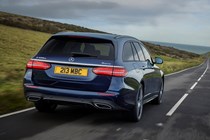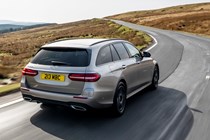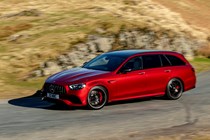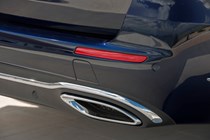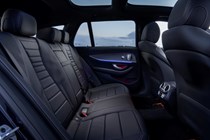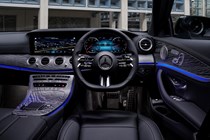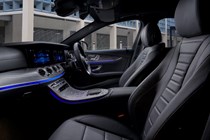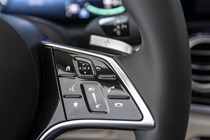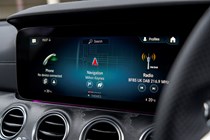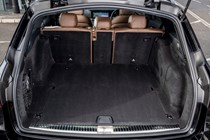
Mercedes-Benz E-Class Estate (2016-2023) running costs and reliability
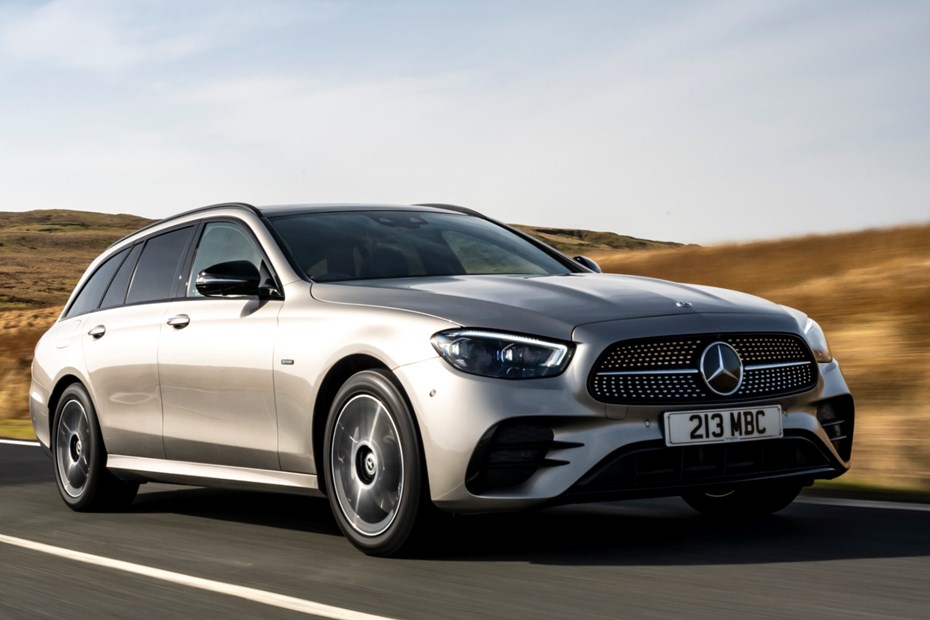
Miles per pound (mpp) ⓘ
| Petrol engines | 3.3 - 5.5 mpp |
|---|---|
| Diesel engines | 4.8 - 7.1 mpp |
| Plug-in hybrid diesel engines * | 5.8 - 24.1 mpp |
Fuel economy ⓘ
| Petrol engines | 22.6 - 37.7 mpg |
|---|---|
| Diesel engines | 37.2 - 55.4 mpg |
| Plug-in hybrid diesel engines * | 45.6 - 188.3 mpg |
- Diesels return great numbers
- Ultra-efficient plug-in hybrid option
- High-performance AMG models guzzle fuel
What are the running costs?
The E-Class Estate’s engine range is extensive and wide-ranging, and that’s reflected in the huge range of fuel consumption, CO2 and miles per pound figures. The latter ranges from 3.3 - 24.1, which is a huge variance and can be explained by the existence of both super-efficient plug-in hybrid models and gas-guzzling performance models fitted with V8 engines.
Most buyers will opt for the E 220 d, which uses a 2.0-litre diesel engine and returns an impressive (for such a large vehicle) 50.5mpg. It’s likely to return close to those numbers, too – with plenty of power meaning you don’t need to work the engine too hard.
If you want more performance from the diesel range, you’ll need to take quite a big hit in fuel economy by opting for the 41mpg E 400 d.
On the petrol front, there’s only one ‘standard’ engine at the moment – the E 200. This four-cylinder petrol returns a claimed 37.2mpg, but it’s likely to suffer more than the torquier diesels if you load it up fully with passengers and luggage.
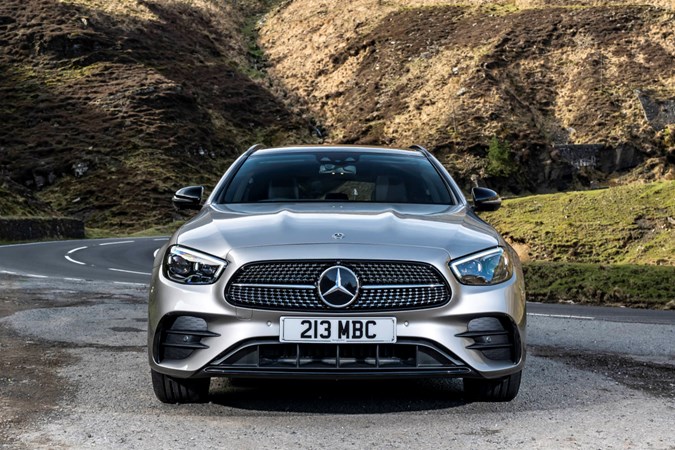
At the other extreme of the petrol front, you’ll find two AMG-badged models. The E 53 returns a claimed 29.8mpg, while the E 63 S drops down to an eye-watering 22.8mpg. You’ll need deep pockets to run either of these cars.
That’s not an issue you’ll suffer with the plug-in hybrid E 300 de, which returns a claimed 201.8mpg. In reality, that figure will depend on how you utilise the 30-ish miles of pure electric range versus the diesel engine itself, but in solo running with a flat battery you’re still likely to see the engine alone return similar figures to the E 220 d. With only the occasional charge, we saw over 60mpg over around 1000 miles.
It’s the same story for the E300 e petrol plug-in. Economy is strong if you remember to plug-in frequently. Officially it’ll do 35 miles on a charge, but in real-world driving it’s a bit less than 30. Worth bearing in mind that when the battery is empty, the petrol is a lot less efficient than the diesel.
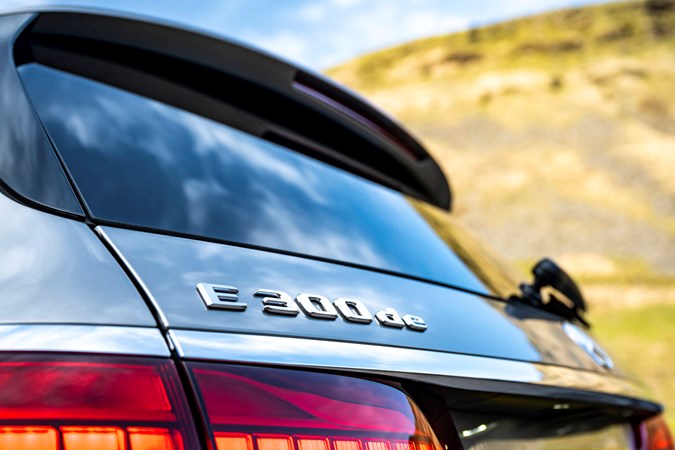
Servicing and warranty
The E-Class estate comes with a three-year unlimited mileage warranty, which will be of interest to high-mileage drivers. It’s ideal for anybody who would blitz through the more standard 60,000 mile limit found on many rivals.
Mercedes also offers an extended warranty for more money. Service intervals vary depending on which model you opt for.
Reliability
- Several official recalls
- Unlimited mileage warranty for three years
- Build quality feels solid
Mercedes’ reputation for reliability is a mixed one, with its customers reporting quite a few problems with their cars – but that could be because as a luxury brand they expect perfection. The model’s had several recalls, though new cars won’t suffer these problems.
Ongoing running costs
| Road tax | £20 - £620 |
|---|---|
| Insurance group | 28 - 50 |
Get an insurance quote with

|
|



